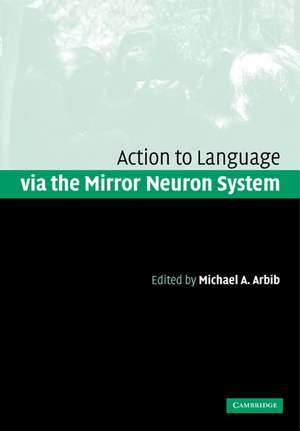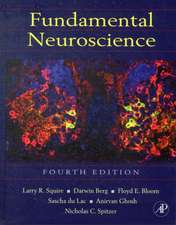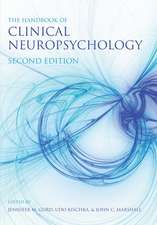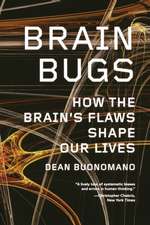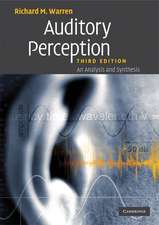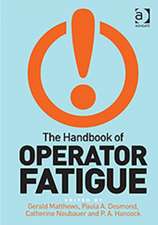Action to Language via the Mirror Neuron System
Editat de Michael A. Arbiben Limba Engleză Paperback – 16 feb 2011
| Toate formatele și edițiile | Preț | Express |
|---|---|---|
| Paperback (1) | 468.20 lei 6-8 săpt. | |
| Cambridge University Press – 16 feb 2011 | 468.20 lei 6-8 săpt. | |
| Hardback (1) | 1102.15 lei 6-8 săpt. | |
| Cambridge University Press – 6 sep 2006 | 1102.15 lei 6-8 săpt. |
Preț: 468.20 lei
Preț vechi: 526.06 lei
-11% Nou
Puncte Express: 702
Preț estimativ în valută:
89.59€ • 93.79$ • 74.13£
89.59€ • 93.79$ • 74.13£
Carte tipărită la comandă
Livrare economică 05-19 aprilie
Preluare comenzi: 021 569.72.76
Specificații
ISBN-13: 9780521182683
ISBN-10: 0521182689
Pagini: 568
Dimensiuni: 170 x 244 x 29 mm
Greutate: 0.89 kg
Editura: Cambridge University Press
Colecția Cambridge University Press
Locul publicării:Cambridge, United Kingdom
ISBN-10: 0521182689
Pagini: 568
Dimensiuni: 170 x 244 x 29 mm
Greutate: 0.89 kg
Editura: Cambridge University Press
Colecția Cambridge University Press
Locul publicării:Cambridge, United Kingdom
Cuprins
Preface; Part I. Two Perspectives: 1. The mirror system hypothesis on the linkage of action and languages Michael Arbib; 2. The origin and evolution of language: a plausible, strong-AI account Jerry Hobbs; Part II. Brain, Evolution and Comparative Analysis: 3. Cognition, imitation and culture in the great apes Craig Stanford; 4. The signer as an embodied mirror neuron: neural systems underlying sign language and action Karen Emmorey; 5. Neural homologies and the grounding of neurolinguistics Michael Arbib and Mihail Bota; Part III. Dynamical Systems in Action and Language: 6. Dynamical systems: brain, body and imitation Stefan Schaal; 7. The role of vocal tract gestural action units in understanding the evolution of phonology Louis Goldstein, Dani Byrd and Elliot Saltzman; 8. Lending a helping hand to hearing: a motor theory of speech perception Jeremy I. Skipper, Howard C. Nusbaum and Steven L. Small; Part IV. From Mirror System to Syntax and Theory of Mind: 9. Attention and the minimal subscene Laurent Itti and Michael Arbib; 10. Action verbs, argument structure constructions, and the mirror neuron system David Kemmerer; 11. Linguistic corpora and theory of mind Andrew Gordon; Part V. Development of Action and Language: 12. The development of grasping and the mirror system Erhan Oztop, Nina Bradley and Michael Arbib; 13. Development of goal-directed imitation, object manipulation and language in humans and robots Iona D. Goga and Aude Billard; 14. Affordances, effectivities and the mirror system in child development Patricia Zukow-Goldring; 15. Implications of mirror neurons for the ontogeny and phylogeny of cultural processes: the examples of tools and language Patricia Greenfield.
Descriere
This multidisciplinary book discussing the role of the evolutionary basis for the brain mechanisms that support language.
